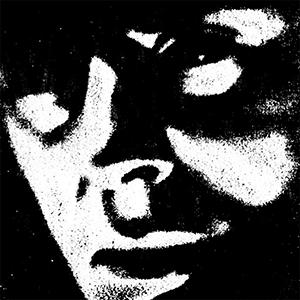 Ramiro Jeancarlo's solo project has only been active for a few years, but with these releases the Miami artist has refined his own insular version of electronic music with the assistance of a sprawling vintage synth collection. This album captures his two primary styles: weird electronic experiments and catchy, song-like pop outings. Even though the overall feel may be different, Jeancarlo manages to tie them together to result in a diverse, yet unified sounding album.
Ramiro Jeancarlo's solo project has only been active for a few years, but with these releases the Miami artist has refined his own insular version of electronic music with the assistance of a sprawling vintage synth collection. This album captures his two primary styles: weird electronic experiments and catchy, song-like pop outings. Even though the overall feel may be different, Jeancarlo manages to tie them together to result in a diverse, yet unified sounding album.
 Florida is not known for hosting a secret enclave of synth bands, but this split cassette tape indicates that there are at least a few projects hiding amongst the tourist traps and meth labs. Burnt Hair and Ars Phoenix both work with similar instrumentation but the final product differ drastically between the two. The latter makes for catchy, if a bit bleak, pop songs while the former is depressive, bedroom electronics, resulting in a wonderful combination of similarities and differences.
Florida is not known for hosting a secret enclave of synth bands, but this split cassette tape indicates that there are at least a few projects hiding amongst the tourist traps and meth labs. Burnt Hair and Ars Phoenix both work with similar instrumentation but the final product differ drastically between the two. The latter makes for catchy, if a bit bleak, pop songs while the former is depressive, bedroom electronics, resulting in a wonderful combination of similarities and differences.
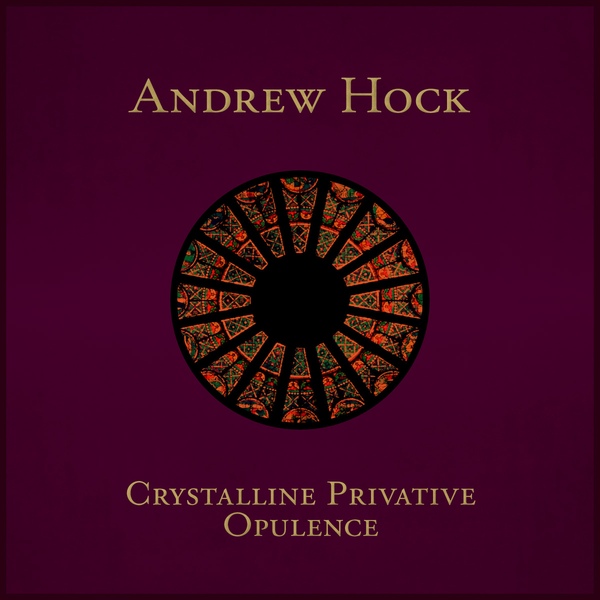 Andrew Hock has carved out a niche for himself as a guitarist for bands including Psalm Zero and the recently deceased Castevet, but this makes for his first truly solo release. Crystalline Privative Opulence, featuring additional wind instrumentation by Jeremiah Cymerman and Davindar Singh, showcases his skill with a guitar as well as electronics but more so his sense of composition amongst these two side-long songs.
Andrew Hock has carved out a niche for himself as a guitarist for bands including Psalm Zero and the recently deceased Castevet, but this makes for his first truly solo release. Crystalline Privative Opulence, featuring additional wind instrumentation by Jeremiah Cymerman and Davindar Singh, showcases his skill with a guitar as well as electronics but more so his sense of composition amongst these two side-long songs.
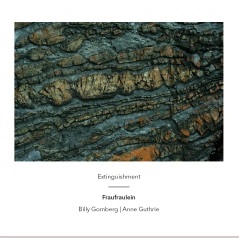 Two of the three songs that comprise Fraufraulein's Extinguishment start with a single foundational sound. On "Whalebone in a Treeless Landscape," it is Anne Guthrie’s French horn that initiates the performance. Dripping water and the ring of a large, resonant metallophone follow immediately after. "My Left Hand, Your Right Hand" commences with a solitary, almost piercing electronic pitch, like an emergency broadcast signal stuck on a single wavering tone. After a few seconds, it is joined by an echoey snap, a distant singing voice, and the booming of a bass drum or a floor tom. They are both deceptively simple beginnings, richer in content and potential than their starkness implies. Billy Gomberg and Anne Guthrie treat them like seeds from which to grow and prune their compositions. They blend field recordings, of rain and a patriotic Norwegian parade for example, with scrapyard detritus, pair foghorn drones with the bristly friction of surface noise, and balance the eerie ambience of humming wires against a distorted monastic chant, all while maintaining a delicate connection with those first embryonic moments. The way they achieve that consonance and balance—between the acoustic and electronic instruments and in the structures of the songs themselves—defines the album.
Two of the three songs that comprise Fraufraulein's Extinguishment start with a single foundational sound. On "Whalebone in a Treeless Landscape," it is Anne Guthrie’s French horn that initiates the performance. Dripping water and the ring of a large, resonant metallophone follow immediately after. "My Left Hand, Your Right Hand" commences with a solitary, almost piercing electronic pitch, like an emergency broadcast signal stuck on a single wavering tone. After a few seconds, it is joined by an echoey snap, a distant singing voice, and the booming of a bass drum or a floor tom. They are both deceptively simple beginnings, richer in content and potential than their starkness implies. Billy Gomberg and Anne Guthrie treat them like seeds from which to grow and prune their compositions. They blend field recordings, of rain and a patriotic Norwegian parade for example, with scrapyard detritus, pair foghorn drones with the bristly friction of surface noise, and balance the eerie ambience of humming wires against a distorted monastic chant, all while maintaining a delicate connection with those first embryonic moments. The way they achieve that consonance and balance—between the acoustic and electronic instruments and in the structures of the songs themselves—defines the album.
 While they differ quite a bit in scope, concept, and volume, Carsten Nicolai's Xerrox series is a long-running and intriguing digital parallel to William Basinski's analog experiments in tape decay, taking samples and using custom software to make copy upon copy until the original sounds are deteriorated into unrecognizability.  The theme for this particular volume is "towards space," which leaves the earthbound inspirations of the first two volumes far behind for a nostalgia-soaked fantasia on the science-fiction films and shows that Carsten fondly remembers from his childhood.  Unsurprisingly, that results in an album that sounds an awful lot like a soundtrack, but it is an unexpectedly poignant and curiously neo-classical one.
While they differ quite a bit in scope, concept, and volume, Carsten Nicolai's Xerrox series is a long-running and intriguing digital parallel to William Basinski's analog experiments in tape decay, taking samples and using custom software to make copy upon copy until the original sounds are deteriorated into unrecognizability.  The theme for this particular volume is "towards space," which leaves the earthbound inspirations of the first two volumes far behind for a nostalgia-soaked fantasia on the science-fiction films and shows that Carsten fondly remembers from his childhood.  Unsurprisingly, that results in an album that sounds an awful lot like a soundtrack, but it is an unexpectedly poignant and curiously neo-classical one.
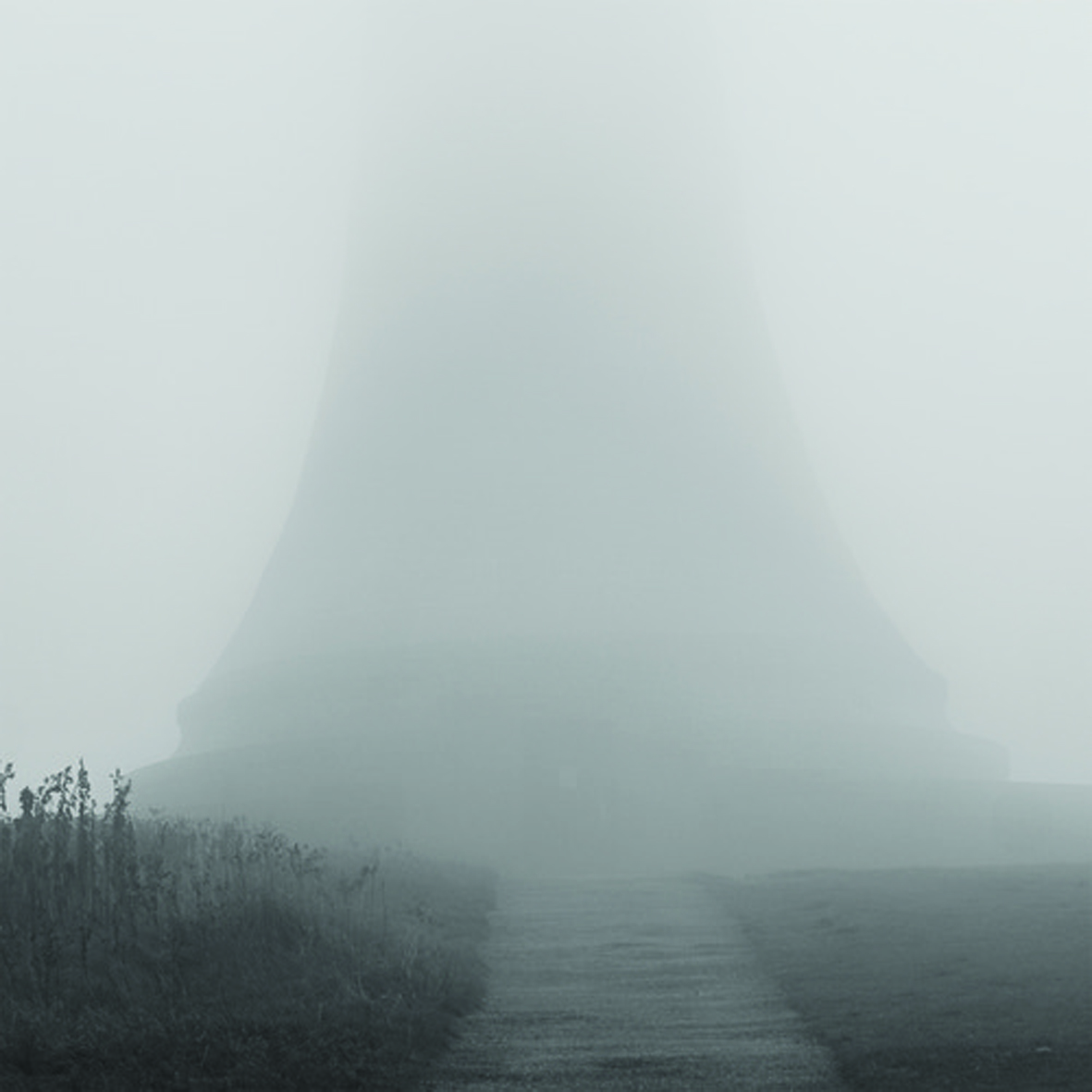 It is increasingly difficult to discuss Alex Cobb's career without invoking the name "Andrew Chalk," as the similarities between the two artists are impossible to miss.  For one, they both run fine record labels and they both make elegant, understated, and quiet albums.  More importantly, they both seem to share a curious drive to endlessly revisit the same stylistic thread in hopes of someday distilling it to absolute perfection.  That being the case, Chantepleure will absolutely not surprise anyone who has picked up any of Cobb's previous albums: it offers more of the same (which is quite good), but it is now a bit more sophisticated and nuanced than it was last time around.
It is increasingly difficult to discuss Alex Cobb's career without invoking the name "Andrew Chalk," as the similarities between the two artists are impossible to miss.  For one, they both run fine record labels and they both make elegant, understated, and quiet albums.  More importantly, they both seem to share a curious drive to endlessly revisit the same stylistic thread in hopes of someday distilling it to absolute perfection.  That being the case, Chantepleure will absolutely not surprise anyone who has picked up any of Cobb's previous albums: it offers more of the same (which is quite good), but it is now a bit more sophisticated and nuanced than it was last time around.
 I had never heard Retribution Body before this album (which is a shame), but Aokigahara immediately got my attention for: 1.) being inspired by Japan's legendarily demon-haunted "suicide forest," and 2.) being released on the hyper-discriminating and oft-dormant Type label.  Also, it is a unique and near-great album.  Matthew Azevedo's singular drone performance/bass tone study has already drawn favorable comparisons to artists like Sunn O))) and Earth, but I actually see it much more in line with more formal electronic composers like Eliane Radigue, as it has a chiseled purity to it that feels very different than amplifier-worship (at times, anyway).  That said, Aokigahara is still quite heavy.
I had never heard Retribution Body before this album (which is a shame), but Aokigahara immediately got my attention for: 1.) being inspired by Japan's legendarily demon-haunted "suicide forest," and 2.) being released on the hyper-discriminating and oft-dormant Type label.  Also, it is a unique and near-great album.  Matthew Azevedo's singular drone performance/bass tone study has already drawn favorable comparisons to artists like Sunn O))) and Earth, but I actually see it much more in line with more formal electronic composers like Eliane Radigue, as it has a chiseled purity to it that feels very different than amplifier-worship (at times, anyway).  That said, Aokigahara is still quite heavy.
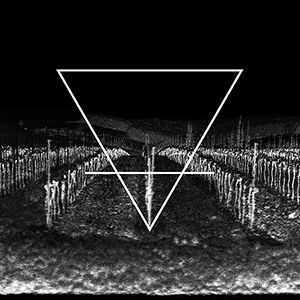 Eric Quach has been producing works of experimental guitar and electronic drone for about a decade as thisquietarmy. His first full length album since last year's Rebirths, Anthems for Catharsis has as much weight and heaviness as its dramatic title would imply. A perfect balance of dissonance and beauty, the six songs elegantly drift from darkness to lightness, often within the confines of a single piece.
Eric Quach has been producing works of experimental guitar and electronic drone for about a decade as thisquietarmy. His first full length album since last year's Rebirths, Anthems for Catharsis has as much weight and heaviness as its dramatic title would imply. A perfect balance of dissonance and beauty, the six songs elegantly drift from darkness to lightness, often within the confines of a single piece.
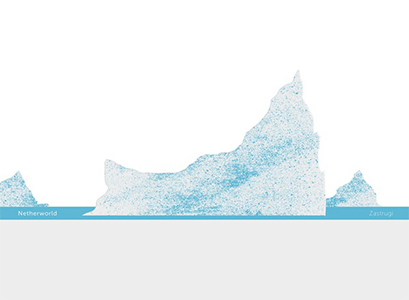 For years, Netherworld's Alessandro Tedeschi has been curating a label that has embraced the cold, frigid minimalism of electronic music. Now via a new sub-label imprint, Iceberg, he has changed the template a bit. While Glacial Movements was a fitting name for the slow drifts of expansive sound, Iceberg fits this debut as a more kinetic, aggressive, and in this case, beat oriented sound.
For years, Netherworld's Alessandro Tedeschi has been curating a label that has embraced the cold, frigid minimalism of electronic music. Now via a new sub-label imprint, Iceberg, he has changed the template a bit. While Glacial Movements was a fitting name for the slow drifts of expansive sound, Iceberg fits this debut as a more kinetic, aggressive, and in this case, beat oriented sound.
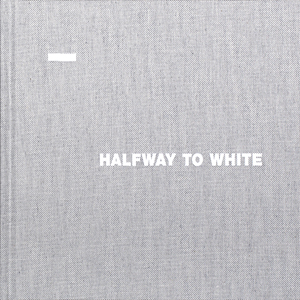 For the inaugural release in their new Folio sub-imprint, Touch has paired Mika Vainio with photographer Joséphine Michel for a joint photography and music project heavily focused on the abstract nature sound and its impact on the other senses and mediums. With heavy use of white exposure on the photographs, and the heavily treated use of white noise on the CD, it culminates in a very strong synthesis of audio and visual.
For the inaugural release in their new Folio sub-imprint, Touch has paired Mika Vainio with photographer Joséphine Michel for a joint photography and music project heavily focused on the abstract nature sound and its impact on the other senses and mediums. With heavy use of white exposure on the photographs, and the heavily treated use of white noise on the CD, it culminates in a very strong synthesis of audio and visual.



